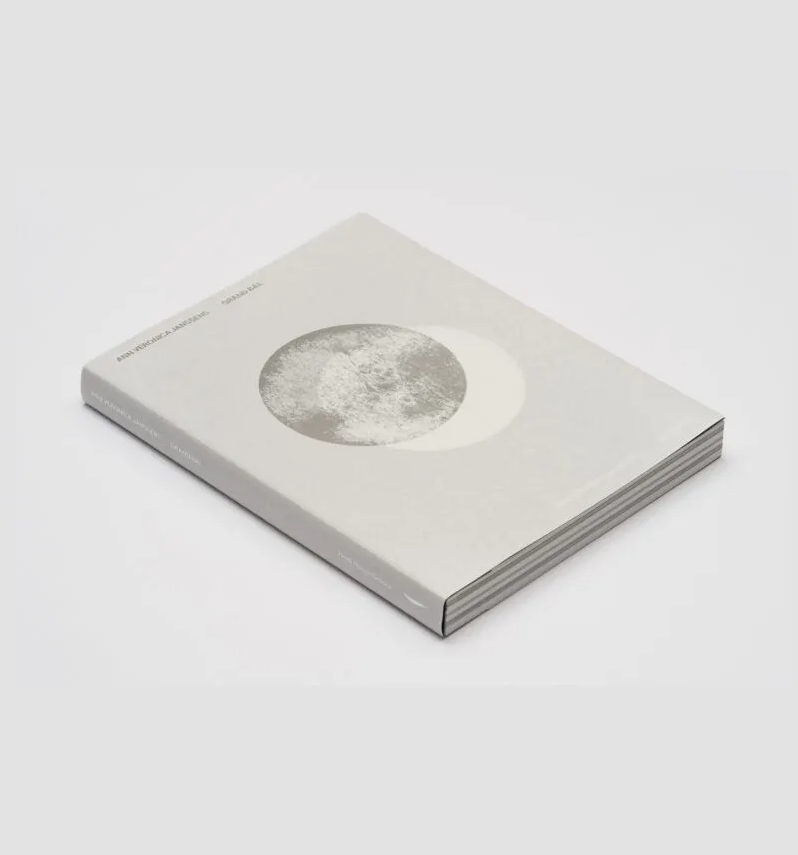A 250-foot-long glass sculpture known as Qwalala and created by American artist Pae White, will be unveiled on Claremont McKenna College’s campus on Sept. 20th as the latest installment in the campus’ public art program.
“Qwalala is a stunning new addition to Claremont McKenna’s campus and our Public Arts Program which seeks to integrate arts into all aspects of campus life and augment and enhance our core institutional values as a residential liberal arts college,” said Kimberly Shiring, director of the program.
“For an artist, it is a unique opportunity to create for a college campus,” said White, a 1985 graduate of Scripps College. “Not only are colleges active at night, but they also are home to minds that are inquisitive and open.”
The artwork’s name is derived from the Pomo tribe describing the meandering path of the Gualala River on the northern coast of California. Comprised of more than 1,500 glass bricks, each weighing nearly 40 pounds and hand-forged by Italian artisans in a palette of 26 colors, the sculpture reaches nearly 8-feet-tall at its highest point and features two archways. Qwalala changes visually throughout the day as light and shadows cast upon clear and colored glass bricks, creating a “storm”-like effect of swirling color, while remaining transparent.
“The piece began as an exploration of dematerializing the massive, finding a way to complicate the solidity of a brick by merging it with something more ephemeral, like a scent or cloud or a passing storm,” White said. "My work has often involved capturing the fleeting, immaterial—things easily overlooked, neglected, or forgotten—and exposing them, elevating them, even monumentalizing them. In this piece, the neutral anonymity of a masonry wall disappears, replaced by a spectrum of individual, and somewhat uncertain elements of storm bricks.”
The seventh addition to the College’s Public Art Program, Qwalala was supported by several members of the CMC Board of Trustees and representatives of the College’s Public Art Subcommittee. Since 2015, the Public Art Program has enriched CMC’s campus, with works by Chris Burden, Carol Bove, Ellsworth Kelly, Jeppe Hein, and Mary Weatherford.
The sculpture’s dedication is open to the public and will take place on Wednesday, Sept. 20th, at 5:30 p.m. at Claremont McKenna College, Mid Quad, 888 N Columbia Ave, Claremont, CA 91711.



















